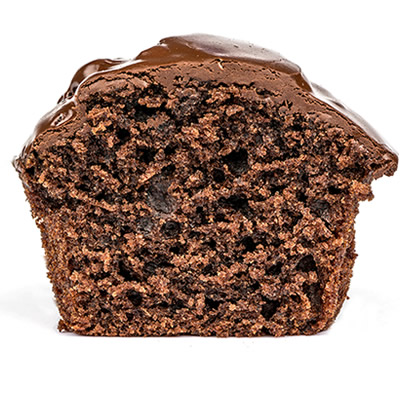Potassium Bicarbonate
What is Potassium Bicarbonate?
Potassium bicarbonate, KHCO3, is an odorless white powder that tastes slightly salty with a bitter aftertaste. It is a basic leavening agent utilized as a sodium-free substitute for baking soda (sodium bicarbonate).
Origin1
Potassium bicarbonate was first developed by Nathan Read, a U.S. steam engineer in Massachusetts, in 1788. Potassium bicarbonate was produced by bubbling carbon dioxide through potassium carbonate solution (pearlash).
Potassium bicarbonate was first known as American saleratus, a less expensive alternative to other imported chemical leaveners.
Function2
Potassium bicarbonate is soluble in water and is an essential constituent of the chemical leavening system of many baked products. It works by producing carbon dioxide to raise the baked product.
In baking systems, it can produce carbon dioxide via two mechanisms:
1. Reacting with leavening acids
KHCO3 + H+ -> K+ + CO2 + H2O
Potassium bicarbonate + acid salt -> potassium + carbon dioxide + water
2. Undergoing thermal decomposition reaction
2KHCO3 + heat -> K2CO3 + CO2 + H2O
Nutrition
Potassium bicarbonate can be used as a replacement for sodium bicarbonate (baking soda) for low-sodium applications. It is also high in potassium and can be utilized in formulations as a source for potassium intake.2
It is possible to achieve 75-374 mg of potassium per serving while reducing sodium by 25-50% in pancakes, biscuits, muffins, cookies and crackers.3
Application
The carbon dioxide released from the chemical reaction with potassium bicarbonate produces the light, airy texture desirable for baked products that include cakes, biscuits, doughnuts, pancakes, and waffles.
Although an efficient leavener and an effective sodium reduction method for chemically-leavened goods, potassium bicarbonate can sometimes impart a bitter taste to bakery products. This occurs because potassium compounds can have a slightly bitter flavor, which can become noticeable if used in higher quantities, the recipe isn't correctly balanced or if the particle size is too large, resulting in unreacted potassium bicarbonate in the final product. Additionally, its hygroscopic properties make it more difficult to store than sodium bicarbonate. Due to the higher molecular weight of potassium bicarbonate, 19% more is required to produce the same amount of carbon dioxide as sodium bicarbonate. bicarbonate.2,4
It is also used in winemaking and club soda formulations to produce milder effervescence.
FDA Regulation
GRAS Notice 21CFR184.1613 indicates Potassium Bicarbonate is generally recognized as safe (GRAS) when used as an ingredient in food as long as it adheres to good manufacturing practices.5
References
- Ciullo, Peter A. Baking Soda Bonanza. HarperCollins, 2006.
- Caballero, Benjamin. Encyclopedia of Food and Health. Academic Press, 2016.
- Gelski, Jeff. Potassium: Promising Yet Problematic, Food Business News, 28 Jan. 2015, www.foodbusinessnews.net/articles/5051-potassium-promising-yet-problematic.
- Zhou, Weibiao, and Y. H. Hui. Bakery Products Science and Technology. Wiley-Blackwell, 2014.
- “CFR – Code of Federal Regulations Title 21.” CFR – Code of Federal Regulations Title 21, 14 Aug. 2017, www.accessdata.fda.gov/scripts/cdrh/cfdocs/cfcfr/CFRSearch.cfm?fr=184.1613.


